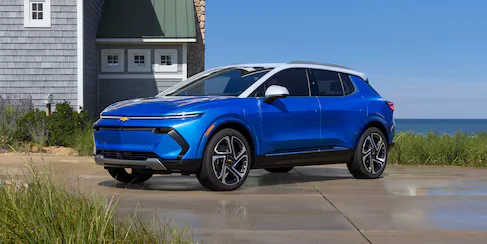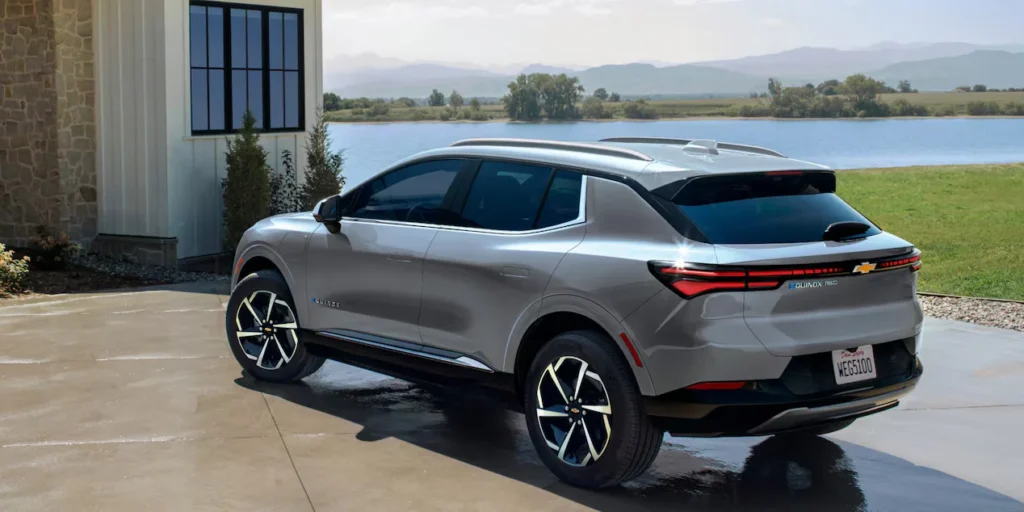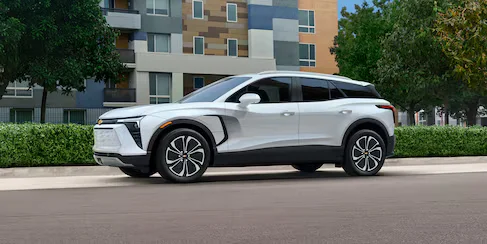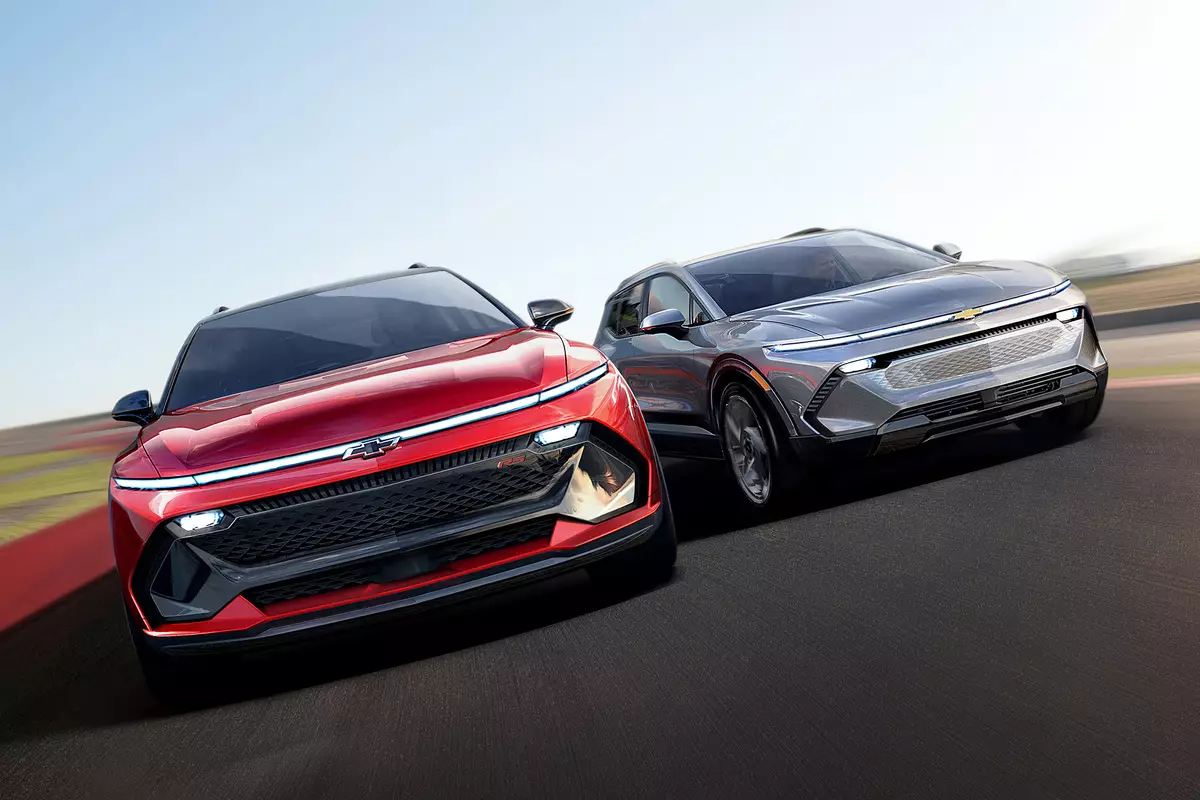Chevrolet is making significant strides in the electric vehicle market, especially with the recent launch of its new Equinox EV and Blazer EV. These models, based on General Motors’ Ultium platform, promise enhanced performance and affordability. But before you jump in, let’s break down the key details to help you make an informed decision.
1. Equinox EV vs. Blazer EV: Size and Space
- Equinox EV: Slightly smaller, with a 116.3-inch wheelbase and practical proportions. Surprisingly spacious interior, offering more front legroom, rear headroom, and cargo volume than the Blazer EV.
- Blazer EV: Larger, with a 121.8-inch wheelbase. Taller and wider, it has a more commanding presence. Fold down the rear seats, and it offers more cargo space than the Equinox.

2. Power and Range
- Equinox EV: Available in various trims, starting at $43,900. Dual-motor setup provides 288 horsepower and 333 pound-feet of torque. Impressive range of over 300 miles.
- Blazer EV: Larger and more performance-focused. Base model is all-wheel drive, with 288 horsepower and 333 pound-feet of torque. Faster DC fast charging speed. Starting price just over $50,000.

3. Federal Tax Credit and Loan Details
- Both models are eligible for the $7,500 Federal EV tax credit, significantly reducing their effective starting prices.
- Equinox EV: Could cost as low as $35,790 after tax credit.
- Blazer EV: Potential interest rate as high as 9.29% APR. Consider financing options carefully.
- Bonus Cash: GM offers $7,500 Ultium Promise Bonus Cash on older models.

4. Tesla’s Model Y as an Alternative
- Tesla’s Model Y currently offers a significantly lower interest rate of 0.99% for 72 months.
- Consider leveraging available incentives to reduce the effective cost of these new electric vehicles.
In conclusion, while Chevy’s 120-day no-payment offer may seem attractive, understanding the interest rates and overall loan costs is crucial. Make an informed choice as we transition to a new era of electric mobility
